Are you familiar with Nata de Coco? It is among the most popular ingredients in sweets, cocktails, and other delicacies, with cream bases in the Philippines and other countries.
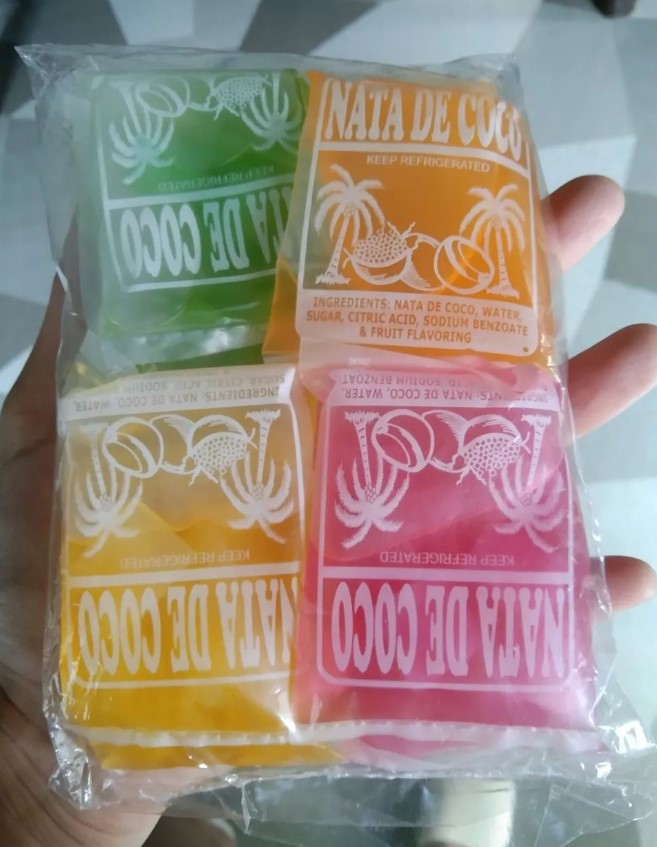
Well, what if I tell you that the famous Nata de Coco originated in the Philippines. Curious how it happened? Scroll down to find out how!
Nata de coco is the Philippines’ chewy, transparent, jelly-like delicacy. It is manufactured by fermenting coconut water, which causes the water to gel and solidify. Nata de coco is commonly sweetened and served as a dessert, but it can also be incorporated into savory meals such as pickles and salads.
A Sweet History
Teódula Kalaw Africa, a Filipina chemist, invented Nata de coco in 1949. This special Filipino delicacy was developed and started to be made in the Philippines; production then increased in the middle of the 1970s. She was working for the National Coconut Corporation at the time and was entrusted with discovering a means to preserve coconut water. Africa experimented with several fermenting procedures until she created a process that produced a jelly-like substance that was both delicious and shelf-stable.
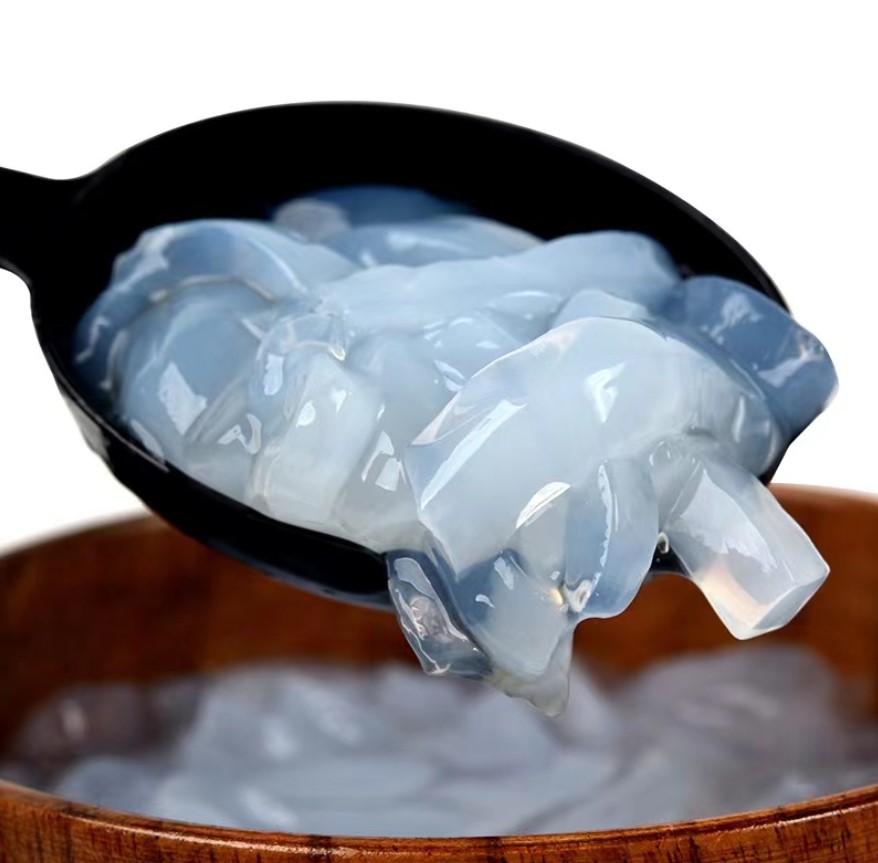
The Healthier Option
Nata de coco is both delicious and healthful. It contains vitamins B1, B2, and C, important to the body’s immunity. It is low in calories and fat and high in dietary fiber. Fiber keeps you full and can help with digestion. Nata de coco is also high in potassium, essential for heart health.
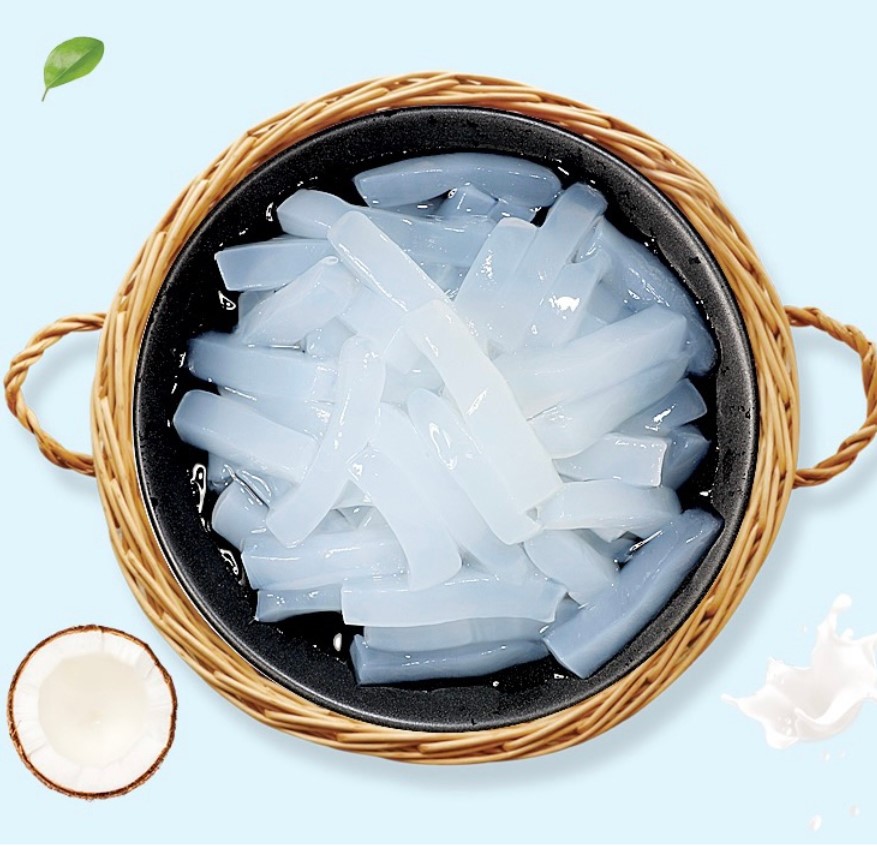
The Sweet Treat
Nata de coco is typically sweetened and marketed as a dessert. It can be eaten simply or mixed with fruit salads, jello, or ice cream. Nata de coco is also common in Filipino desserts, such as buko pandan (coconut pandan jelly) and halo-halo (a mixed dessert with shaved ice, ice cream, fruits, and other ingredients).
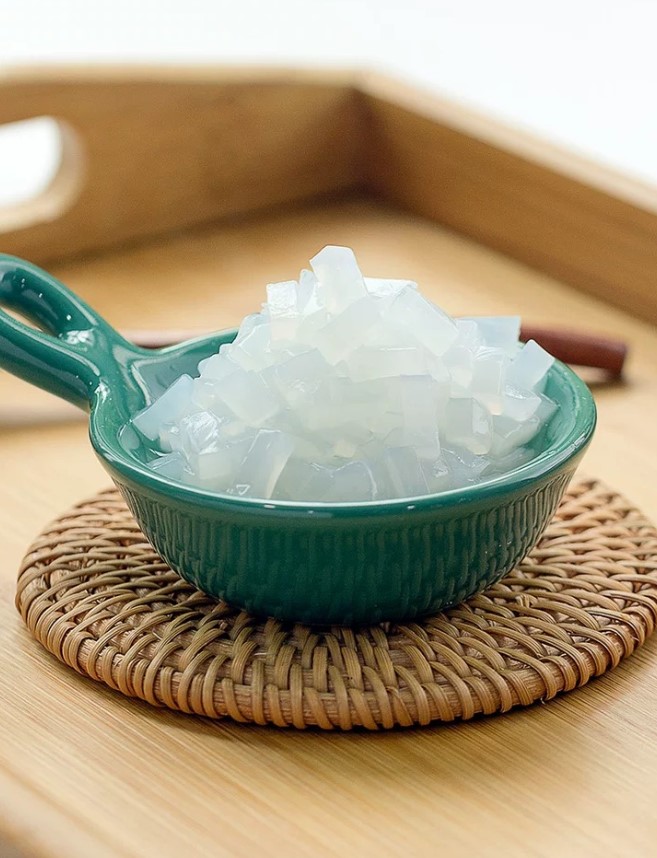
No matter how you eat it, nata de coco is a delicious and nutritious food that will surely please. So, the next time you search for a sweet treat, reach for some nata de coco!


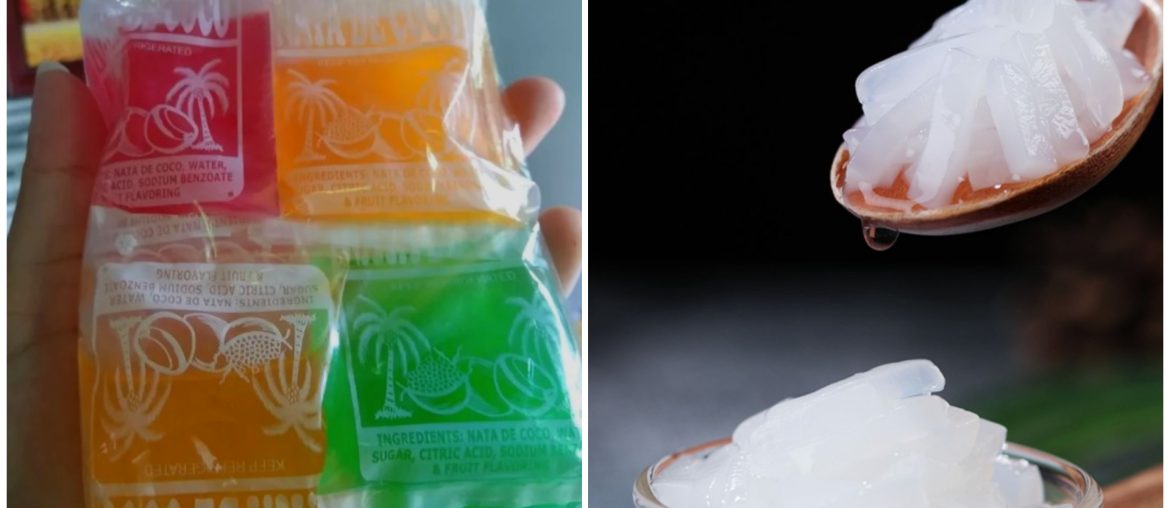
Comments are closed.